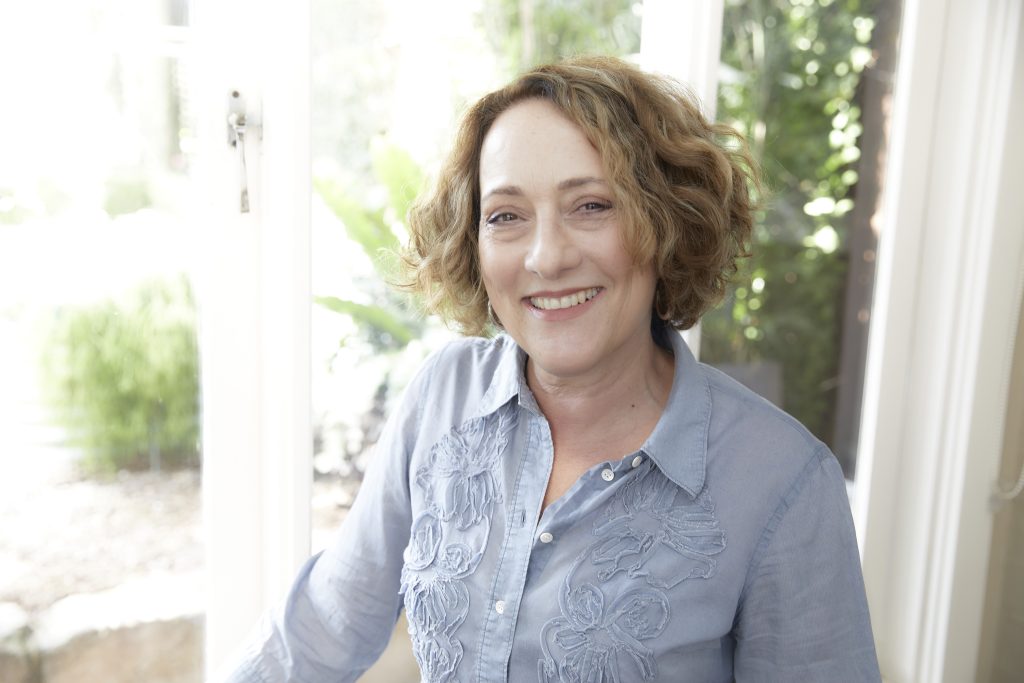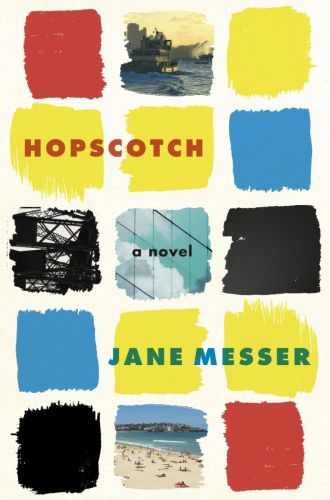Reading has been essential to my development as a writer. I don’t just read as a reader, but always, invariably, I also read as a working writer. I’ve taught myself this way of reading through years of writing. Reading is still a pleasure, but it’s also work. Not for every book and often not during the first read of a work, but when I re-read, I’m reading very closely, at the level of phrases, lines, themes; I’m reading quite analytically, thinking about technique or the orientation of the work and how it’s affecting the reader, me.
I read closely when I’m curious to understand how a work has been constructed, be it the kind of language tropes it’s using (metaphor, metonymy, simile, etc), to how scenes are constructed, characterisation strategies, the pacing and so forth. Why was that scene suspenseful? Or noticing the points at which a character might shift from reliable to flawed, and questionable. I write notes, underline passages.
Sometimes, through this process of close reading, I discover something big that really helps me in my own writing.
This happened, for instance, when I was reading Jonathan Franzen’s The Corrections. The novel is black, comedic, heart-breaking and a serious commentary on contemporary America. Franzen’s protagonist, Chip, draws upon the reader’s sympathies and antagonisms. He takes risks that don’t pay off. I’d reach a point in a chapter where I’d be thinking, from here it’s surely going to wind down, ease up; but no, Chip would be brought further down.
Reading The Corrections closely helped me realise that I was usually trying to protect my characters from terrible things happening to them, or from their worst selves. And that I had to stop being so kind to them. ‘Make it worse,’ became my adage. These days, as a writing mentor, I see similar choices in the manuscripts of writers I am working with, that sometimes they too are, unhelpfully, protecting their characters from harm.
I admit my preference has always been for reading fiction, though I do also love the essay form, as well as narrative nonfiction. In essays and narrative nonfiction, the writer can use so many of the strategies we associate with fiction—narrative voice, dialogue, description, setting and so on.
One of my favourite essays is by the late Canadian writer Carol Shields, ‘Framing the Structure of a Novel’. It’s autobiographical, and opens with lines that I return to for a feeling of freedom as a writer, and which I use as a kind of base-line for what I want to create and what I’m looking for in any book, really:
‘A novel is a wild and overflowing thing. Its narrative, even when it is short and straightforward, includes a sort of encyclopedia of facts and notation and the grey spots in between, jumping from idea to idea, leaping continents and centuries and changes of mood. Novels—at least the ones I love to read—are stuffed with people, events, emotional upheavals and plateaus of despair…’
I feel we should always aim to expand our horizons when writing, push outwards to something even more daring than we dare, because writing is really hard, and it’s tempting to shrink down.
In recent years I’ve jumped the chasm from fiction to creative nonfiction writing. I discovered that even when writing as oneself, in telling the ‘truth’, the narrating ‘I’ is nevertheless a character who must be always interesting to others. And that to interest readers in yourself as a narrator can require strategic emphases, omissions, curation. There’s a great art to truth-telling.
In this writing transition, too, reading has been instrumental. In reading Deborah Levy or Helen Garner, for instance, I could see how both writers edit out much of the dross even when focussing on a prosaic, daily detail to say something profound. I learned from this short passage, for instance, by Deborah Levy, that I could shift from the small to the large in a flash, with the right preparation. Here, in her memoir The Cost of Living, which describes her life post-divorce, she’s walking up a steep, long hill back home where she’ll cook dinner for her daughter. The pacing, the resonances of moss, darkness and gravestones lead us perfectly through to the final line: ‘It was such a long walk in the dark. The night smelt of moss and the wet marble of the gravestones. I did not feel safe or unsafe, but somewhere in-between, liminal, passing from one life to another.’
Being open to a wide range of literary influences across a variety of genres supports innovative and agile writing. This is important even for genre writers focused on say romantic comedy or YA speculative. I read works in translation, Australian and international writers, YA, picture books, poetry, memoir. We’re all so blessed as writers, that reading is an essential part of our work.
Jane Messer is the author of Hopscotch (Picador), Provenance (Vintage), and Night by Night (Penguin), and two anthologies, Bedlam-an anthology of sleepless nights (Allen & Unwin), and Certifiable Truths-stories of love and madness (Allen & Unwin). Her other works include radio dramas, short stories, poetry, essays on literature, society and work, book reviews and opinion pieces. She headed up the postgraduate creative writing program at Macquarie University for over 15 years until 2021, and now works as a writing mentor and developmental editor at janemesser.com.



Thanks Jane (and Lee) for that very interesting and helpful (and concise) outline of reading for writing. I am keeping it by me.
Thanks for sharing your response Sandra, much appreciated.
Dearest Jane,
Thank you so very much for your beautiful and eloquent meditation on reading, and why we read as writers.
I have just started my PhD in creative nonfiction (at the University of Queensland) and yes, I must admit the close reading (even fiction) is hard work, but immensely rewarding when a passage or line sparks something in the writing brain and it just… clicks! Even more resonant are those stories that stay with us long after the finishing line, and “Provenance” does just that. It is my all-time favourite novel, (shared perhaps only by the novella “Judgement Rock” by Joanna Murray-Smith!) and was the reason I, just like Rafaela, left my hometown in Far North Queensland – I decided to study creative writing, inspired to “write like that one day!” Now as a writer and editor, and an avid reader, I find I must work between three “brains” – the reader, writer, and editor – and this on some days can be challenging, (especially as part of my PhD is looking at the neuroscience of how the brain interprets symbol/metaphor in creative nonfiction). So thank you for the timely and insightful reminder of why we read to write, and to know there is always joy to be found on the page when doing so.
All the best for your reading and writing in 2024 and beyond!
Bianca
Thanks Jane, I loved reading this. I know that my tendency is to want to be kind and protect my characters. It hurts me to hurt them but `I will now remember your adage. You helped me so much as a mentor during the writing of my second book: “No Use Crying Now”. I am proud of that book. Now struggling through my third, being far too kind to my characters and I may call on you as a mentor again. But don’t hold your breath – at my age, there is no hurry. Just having fun with the process.